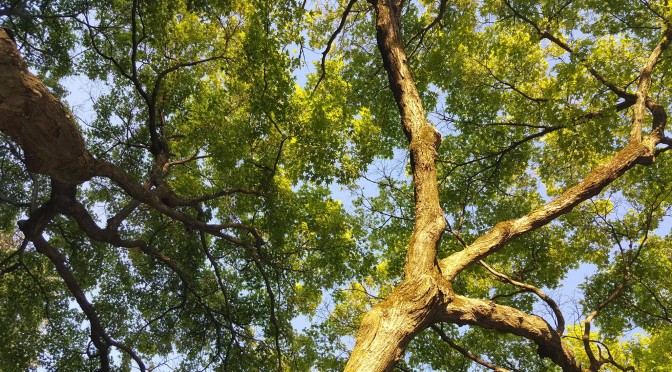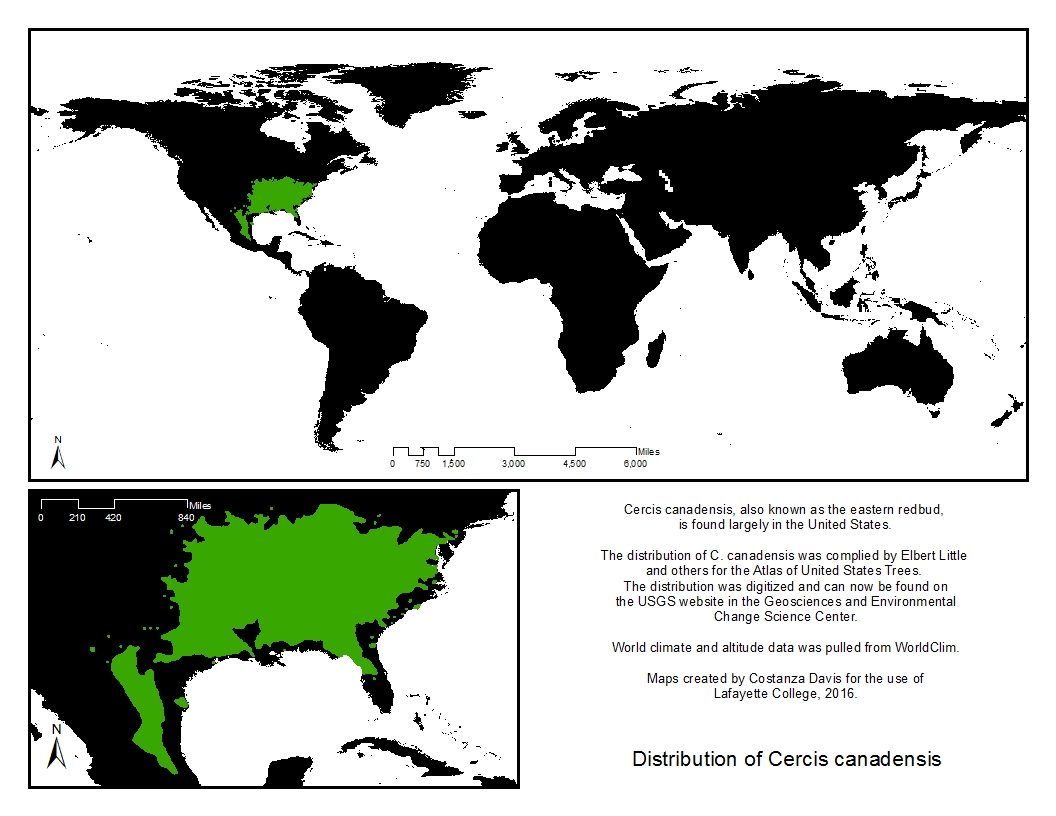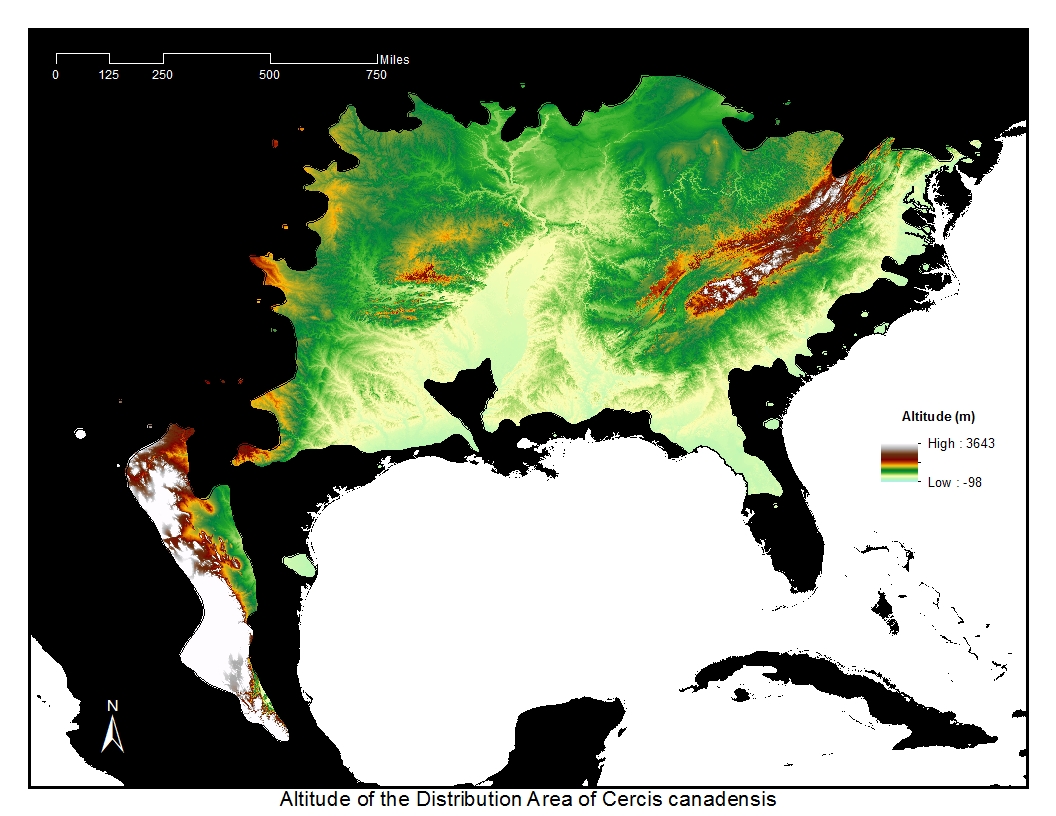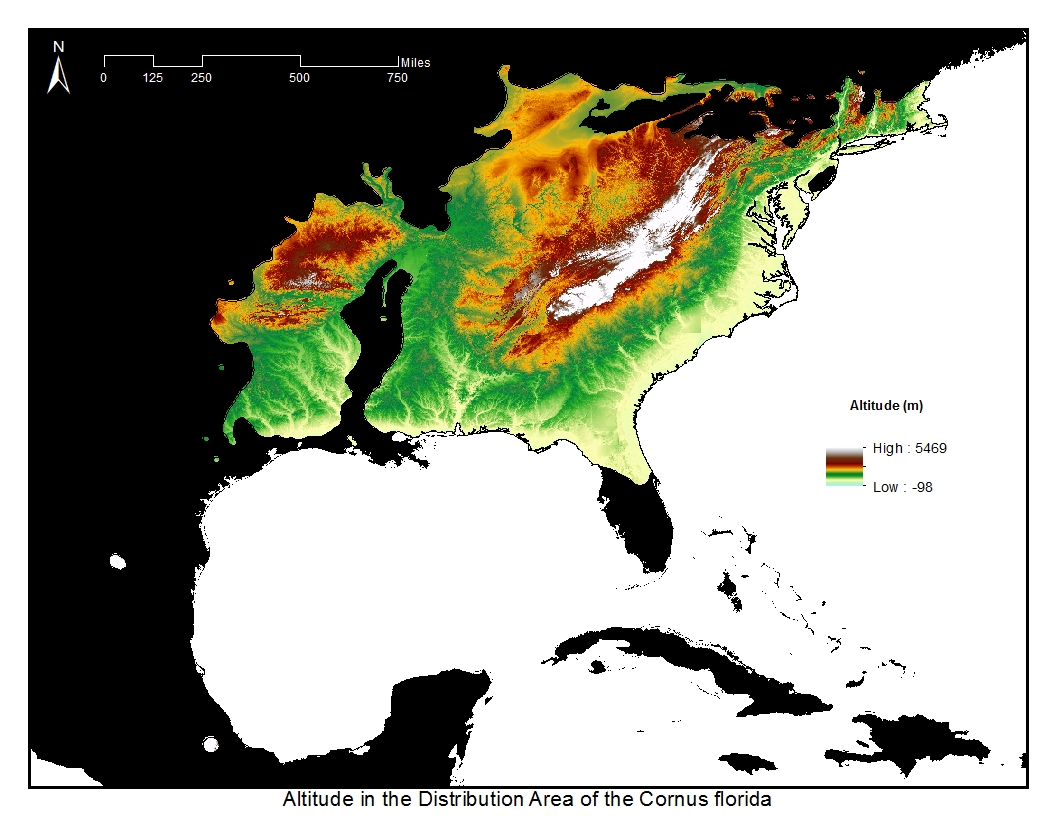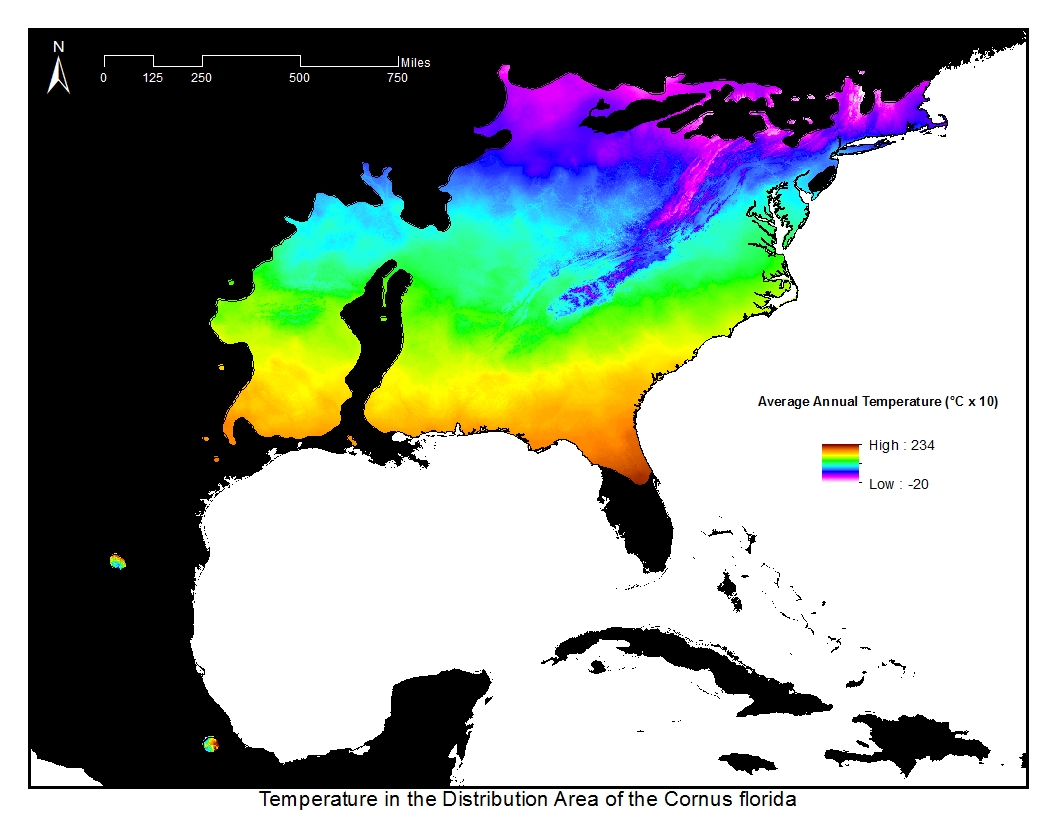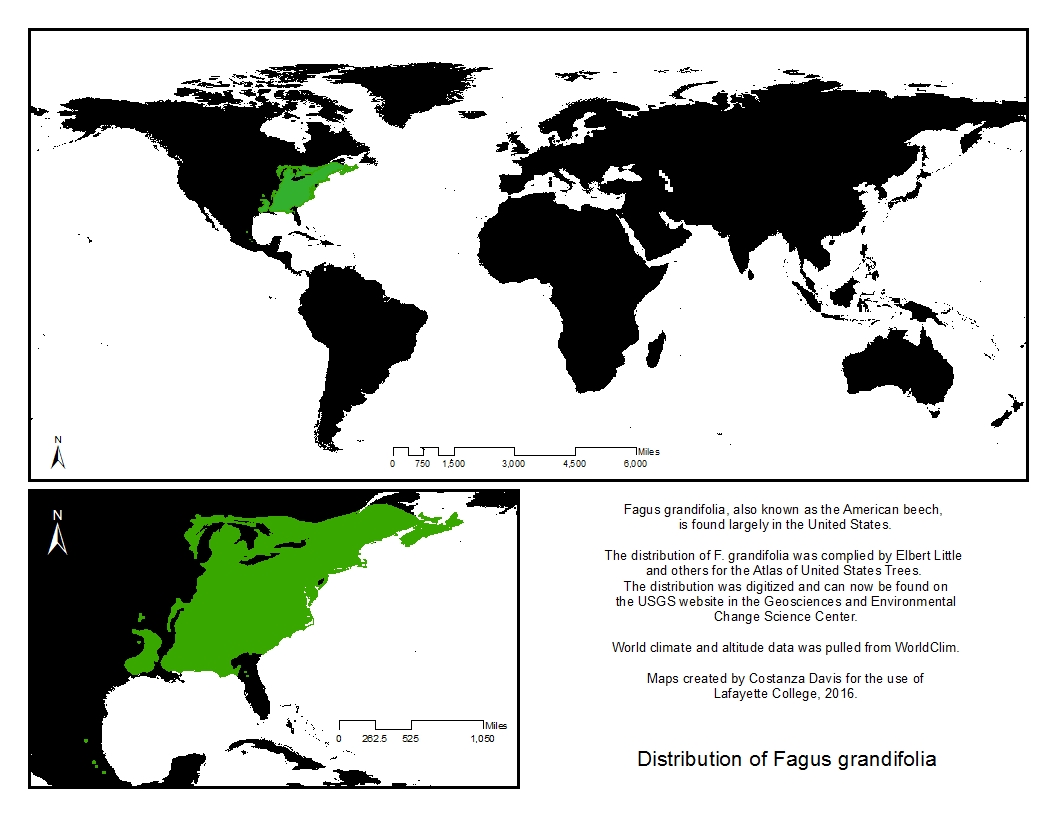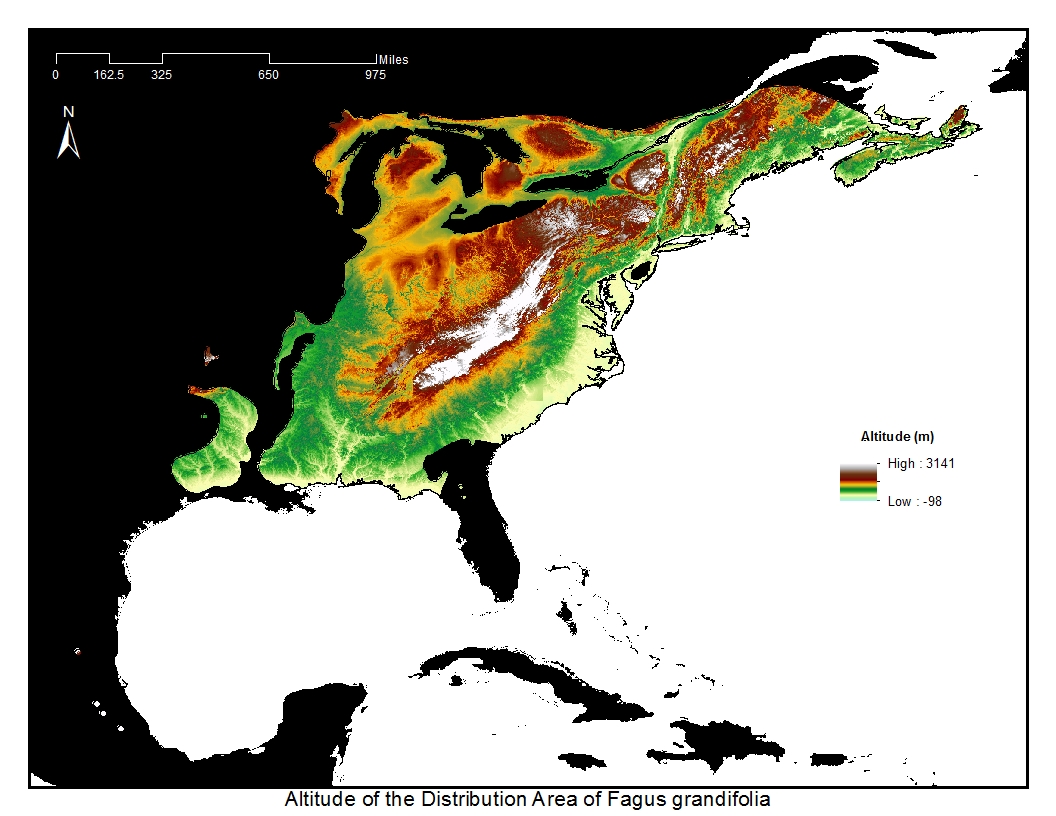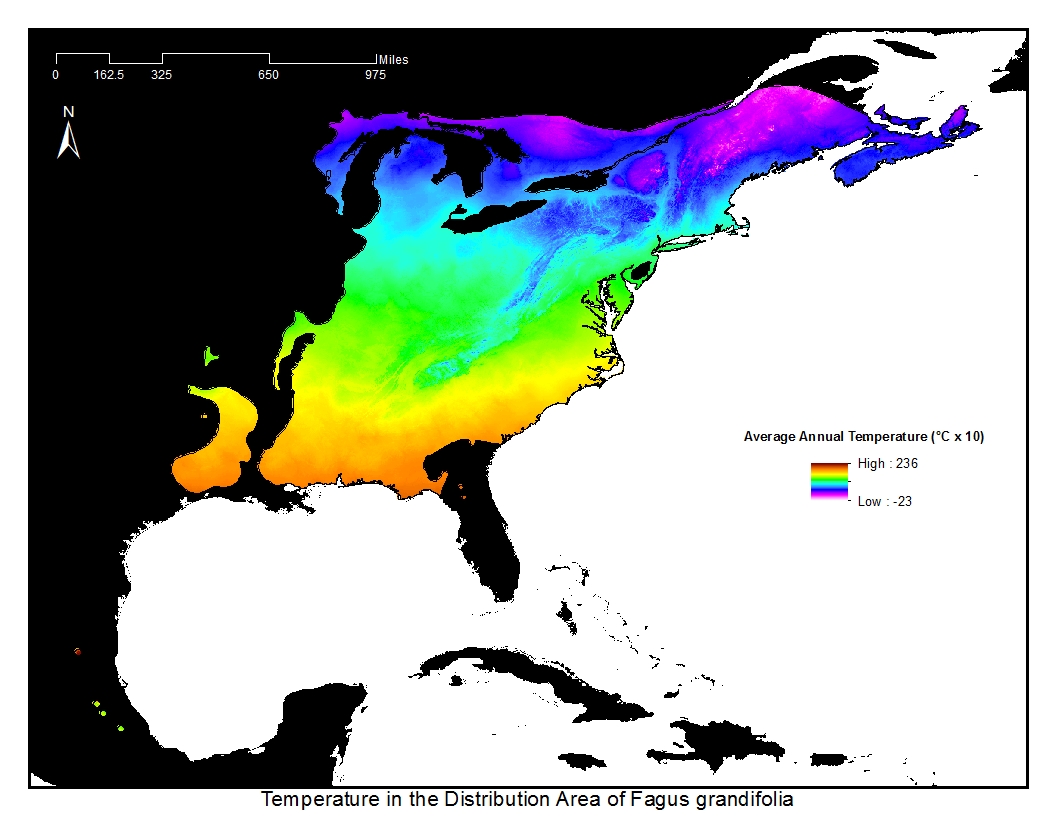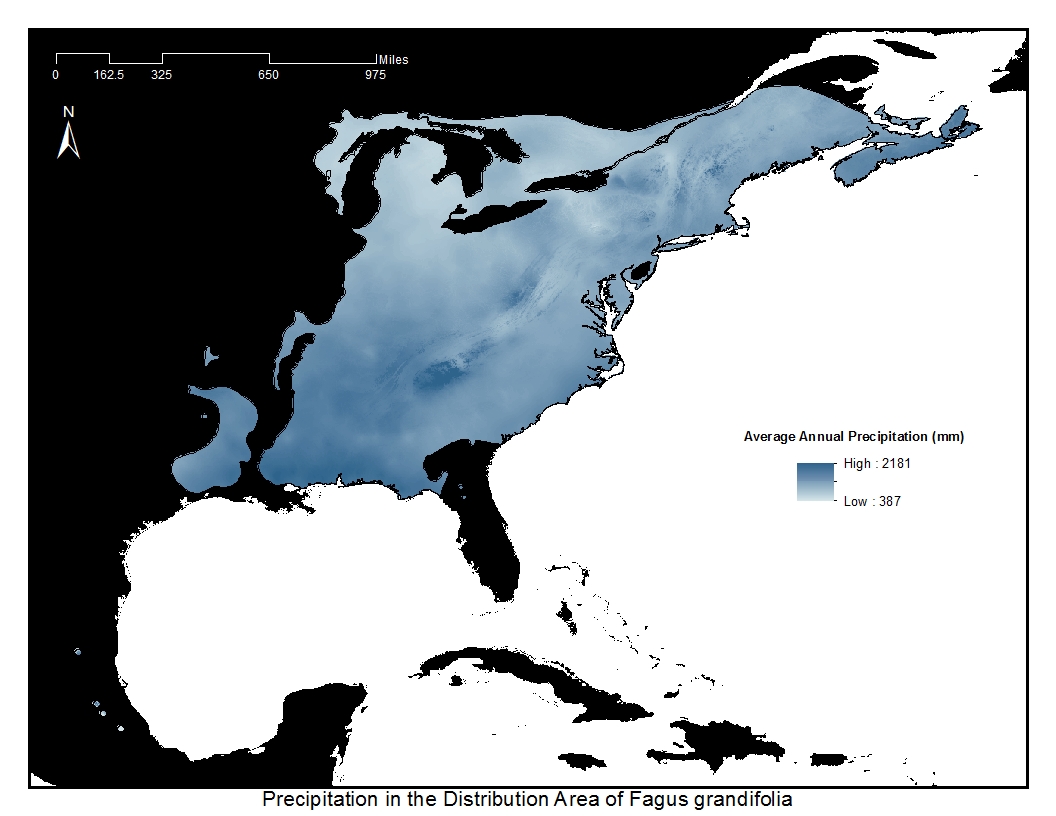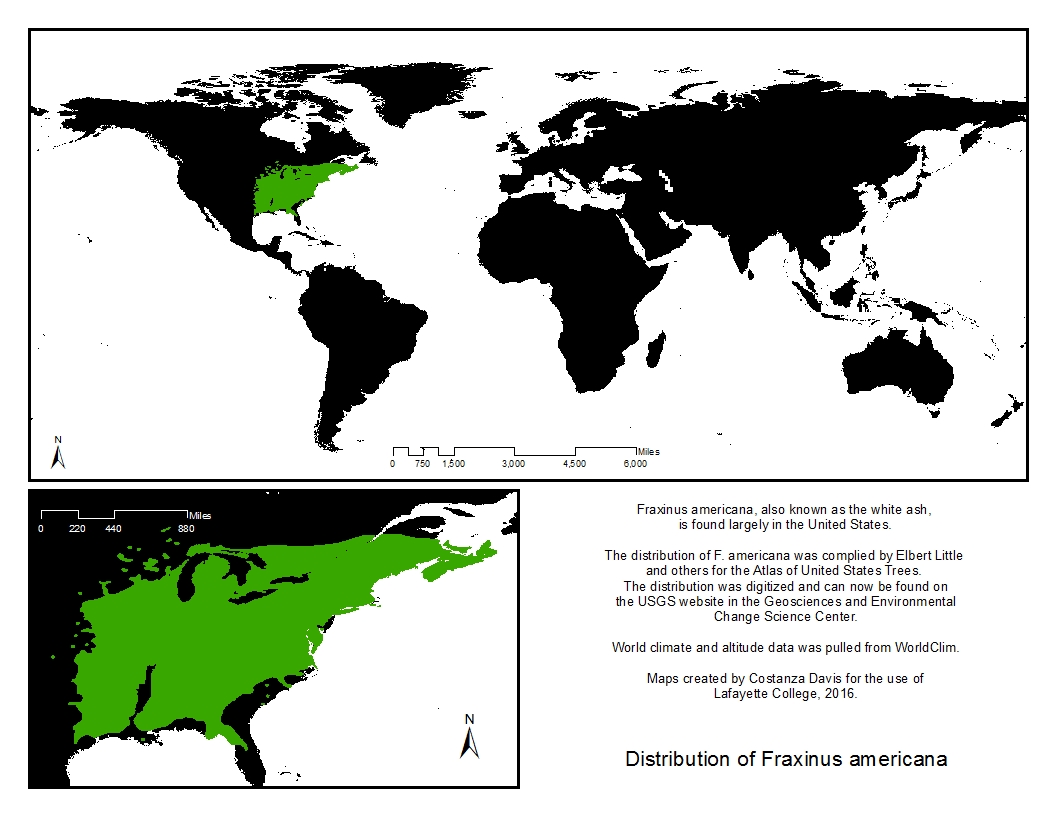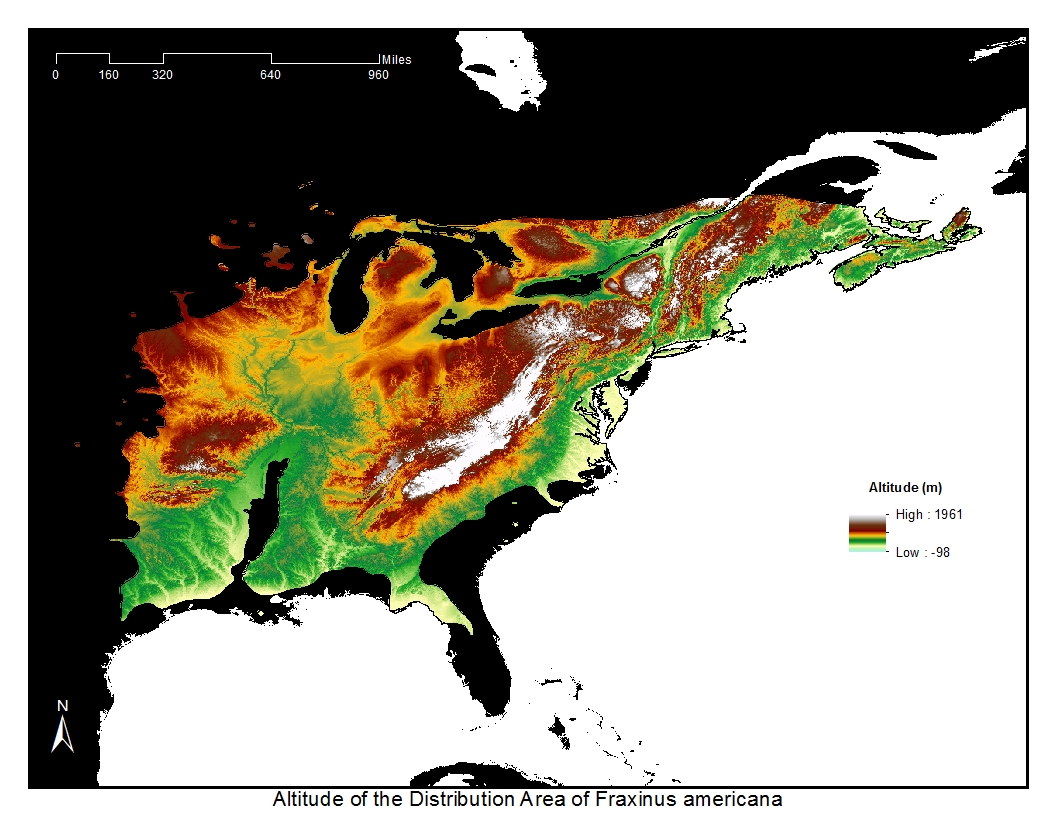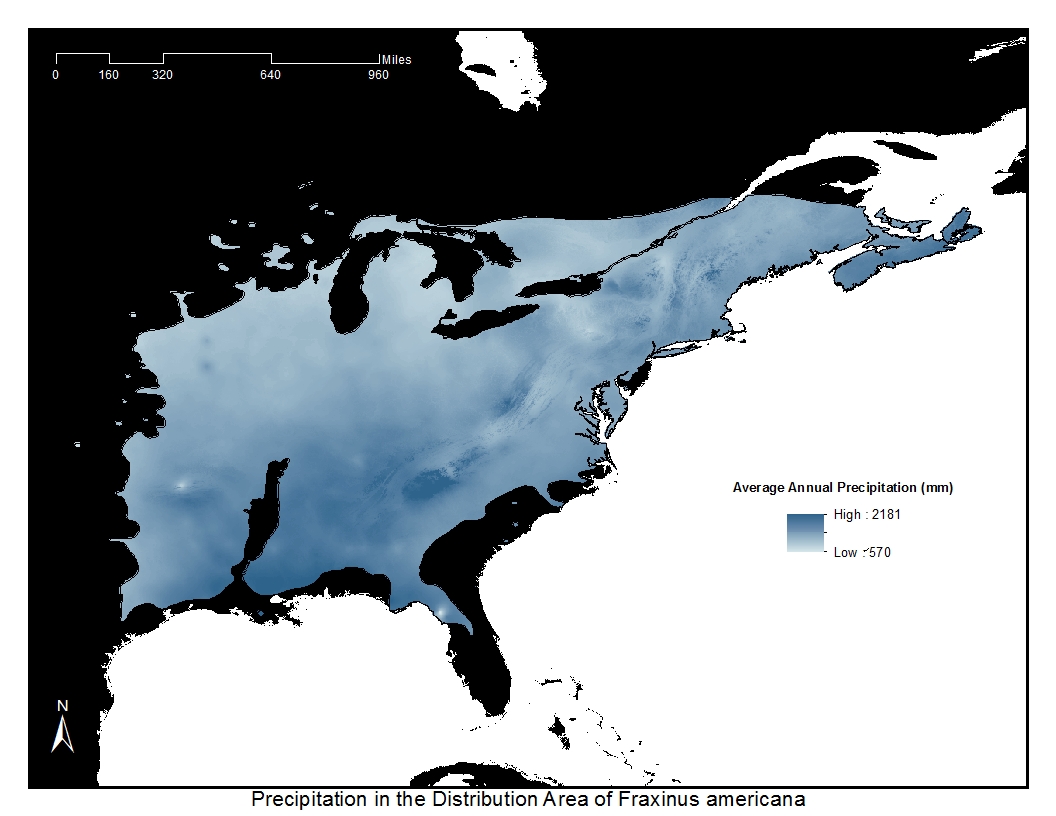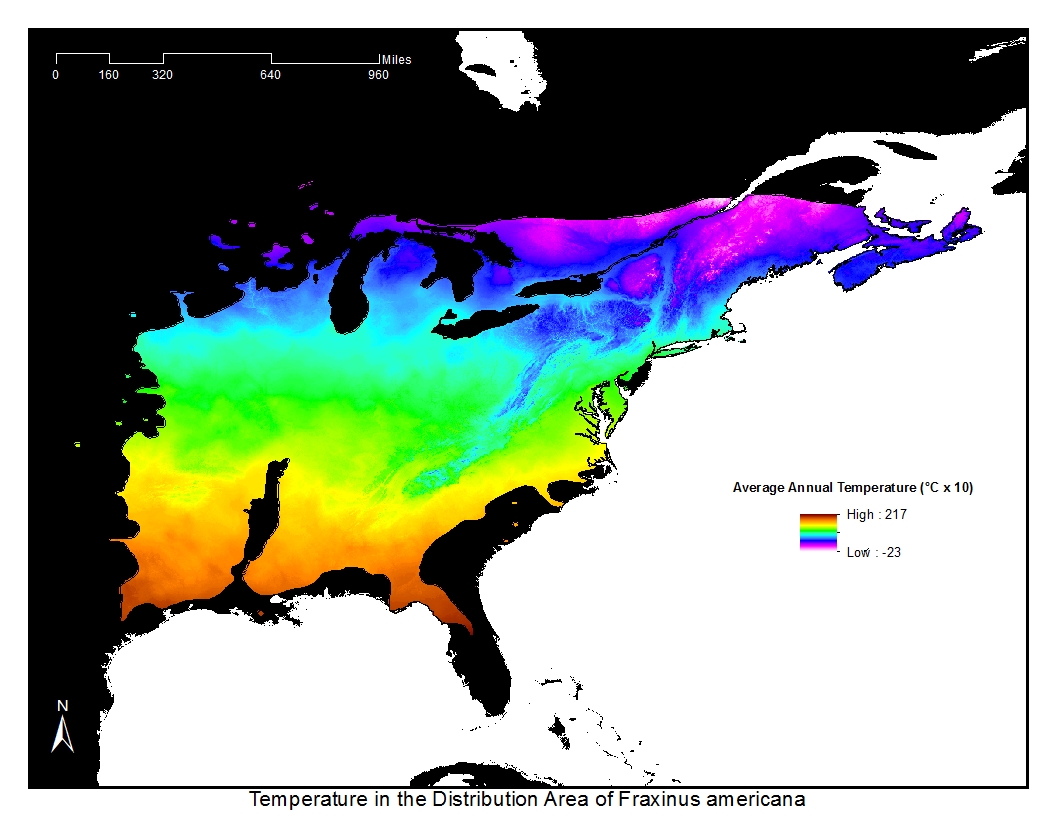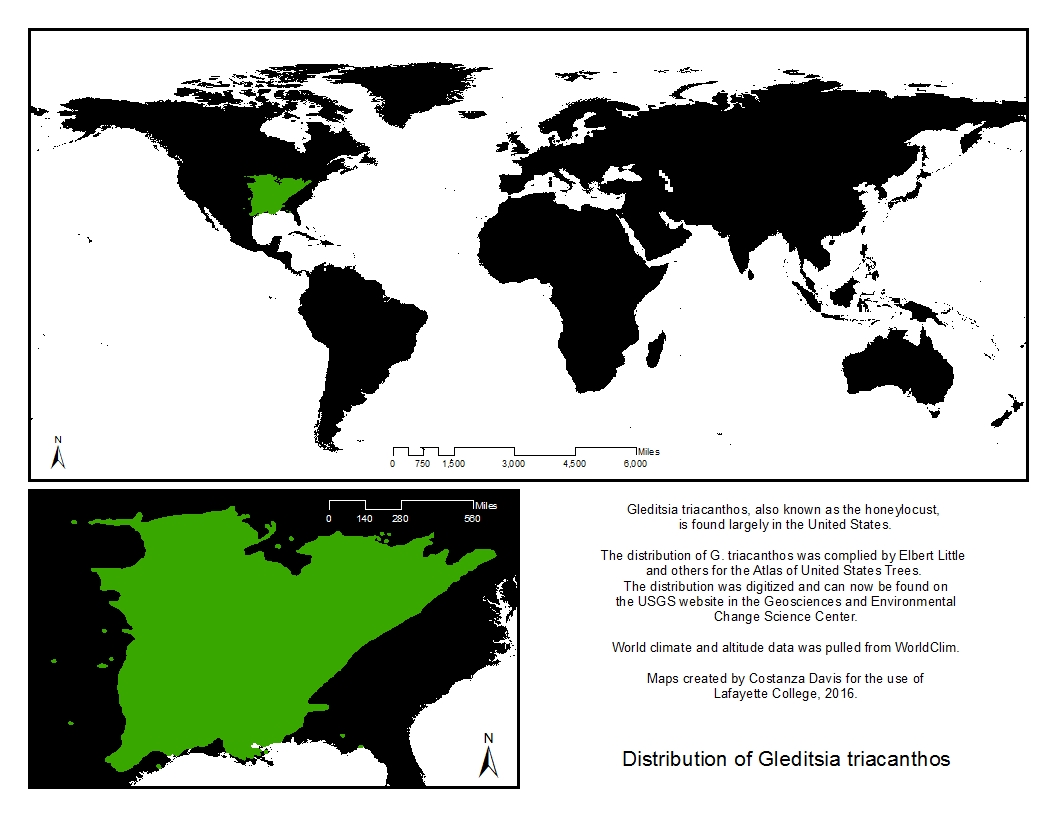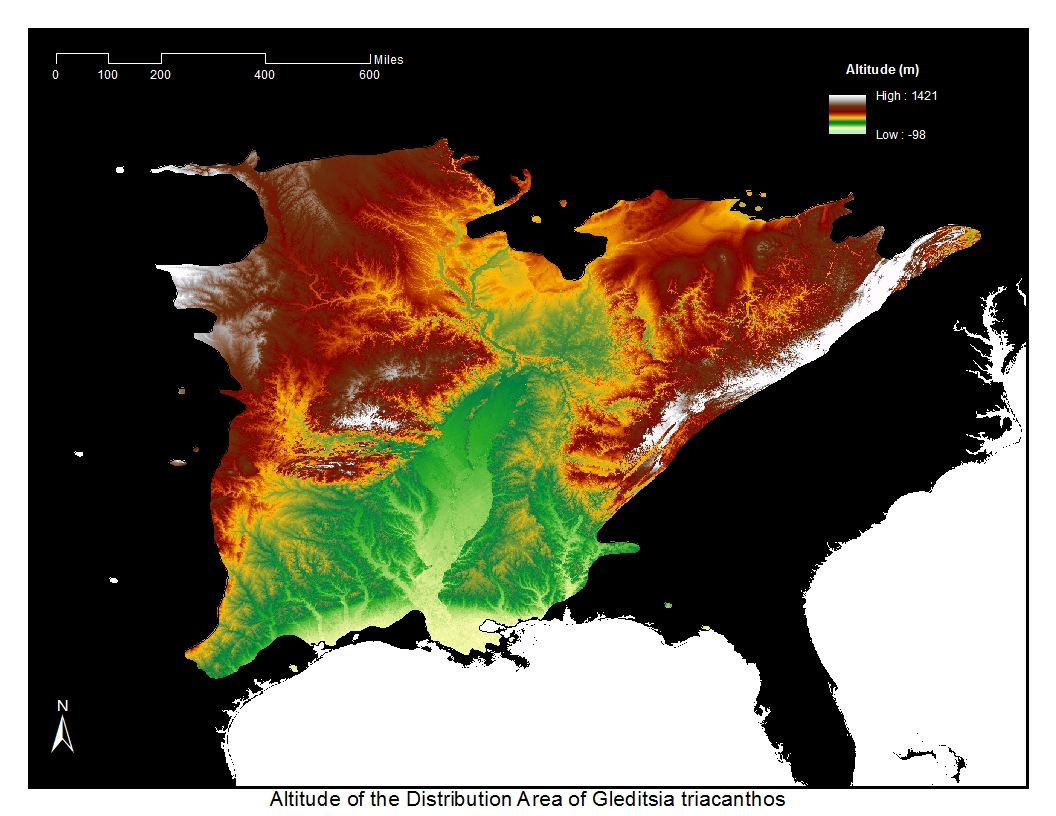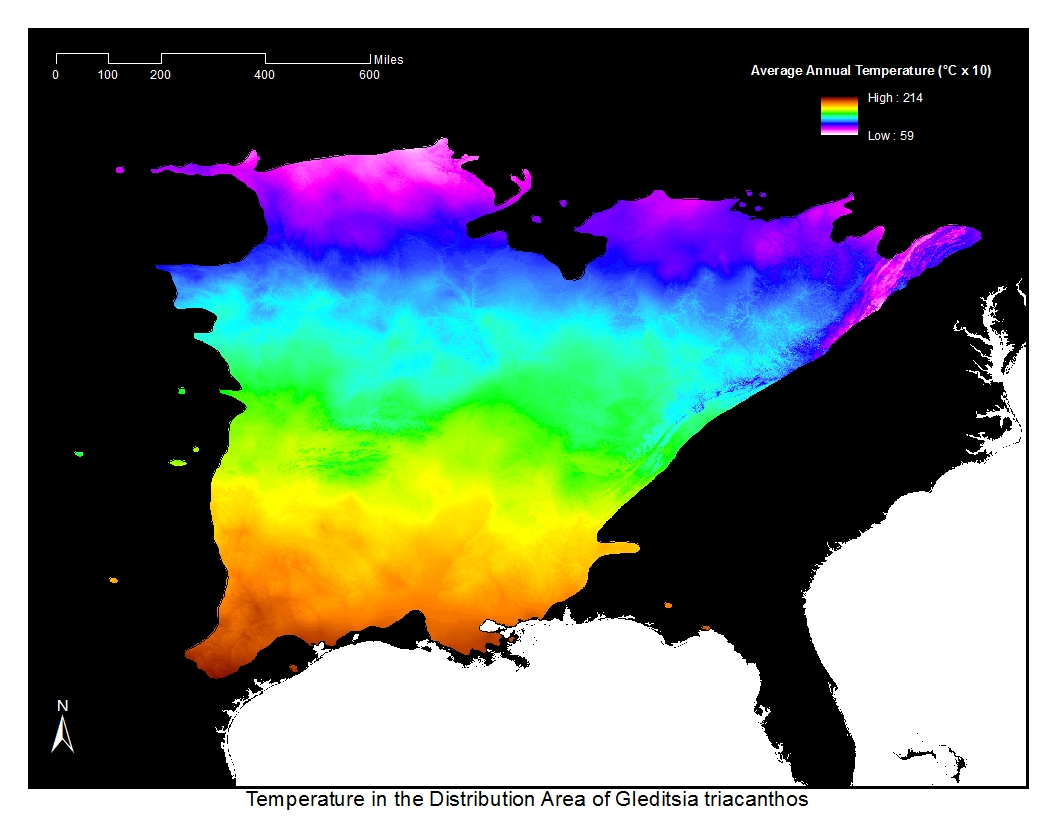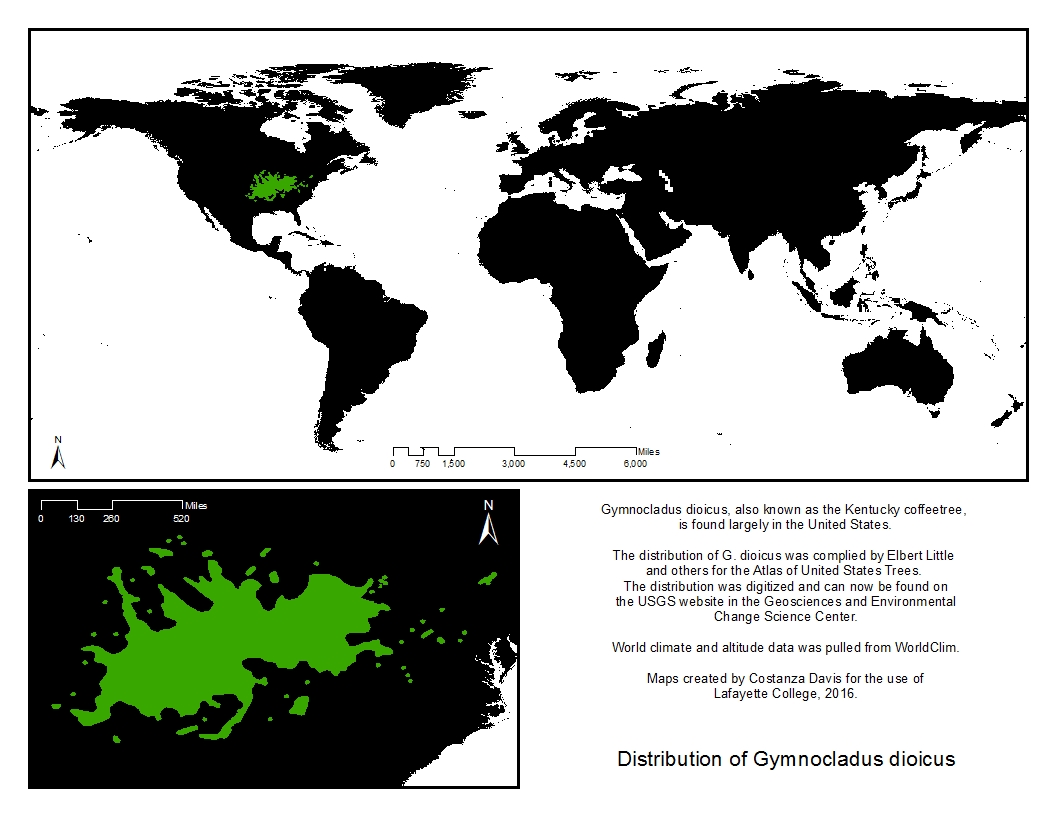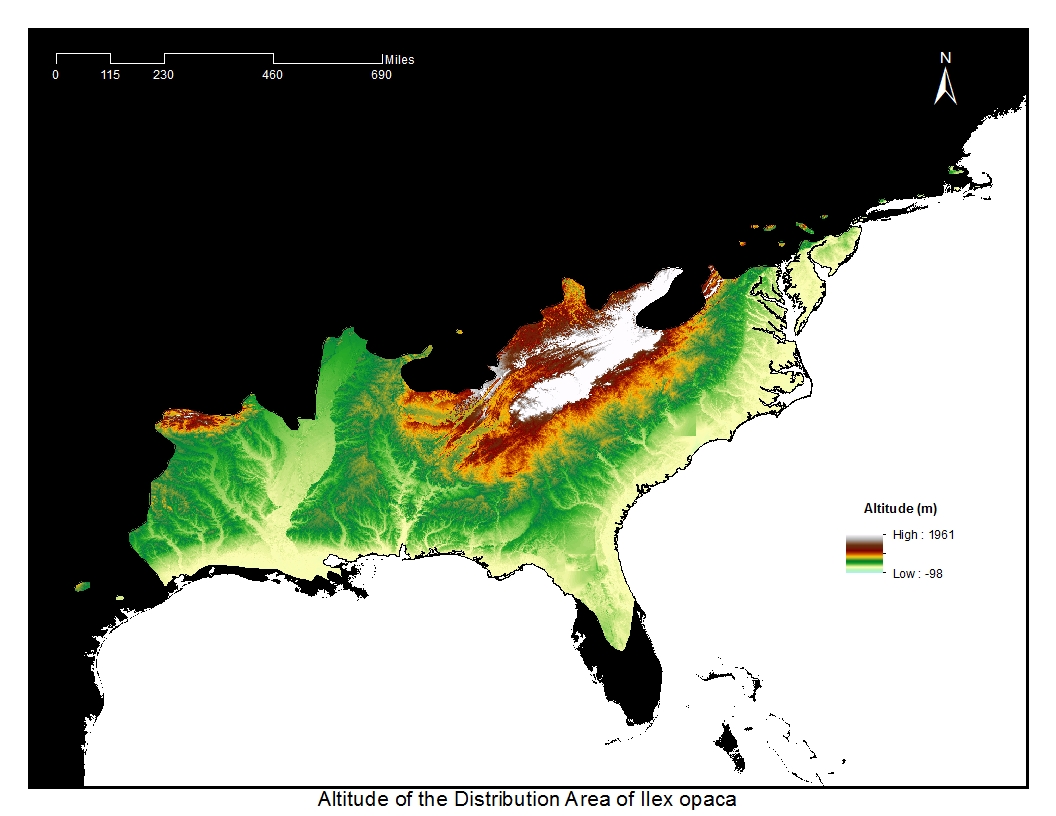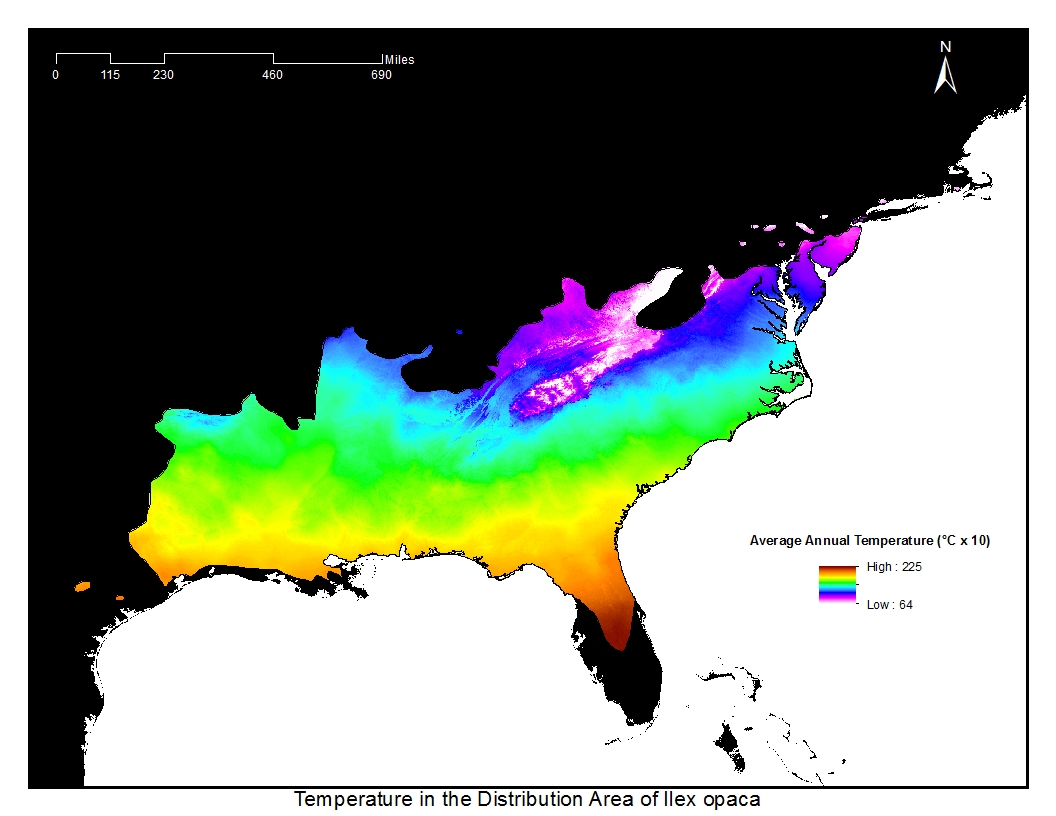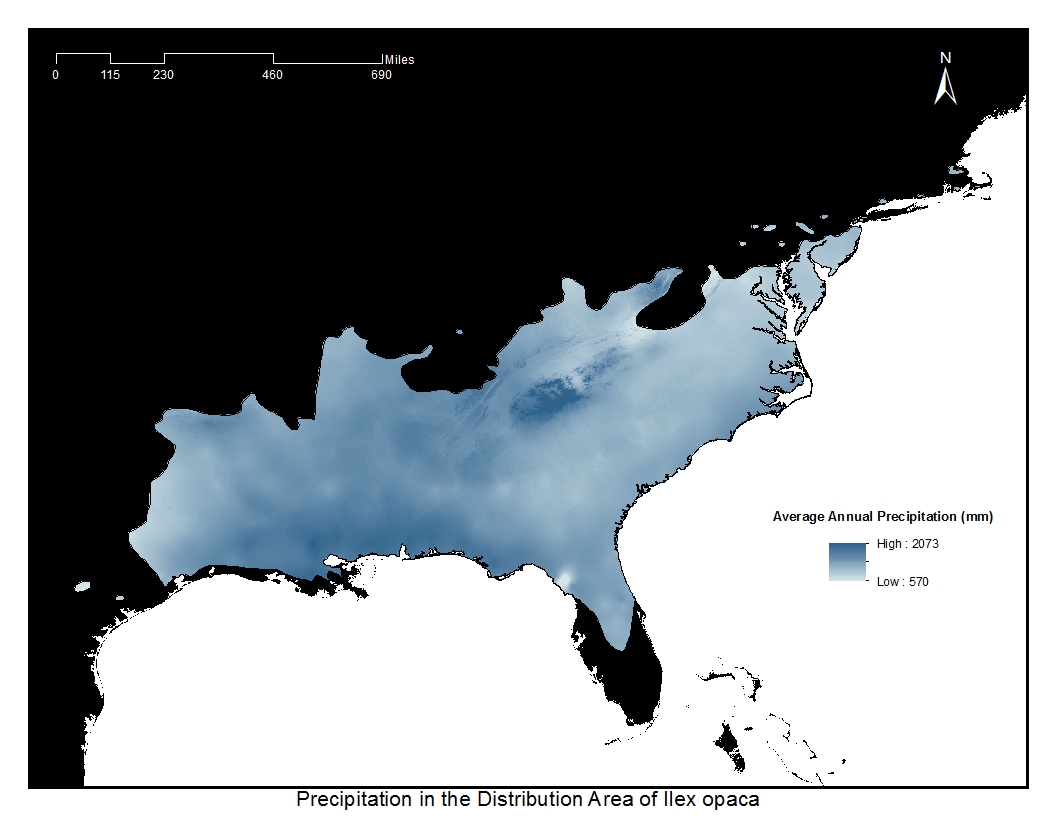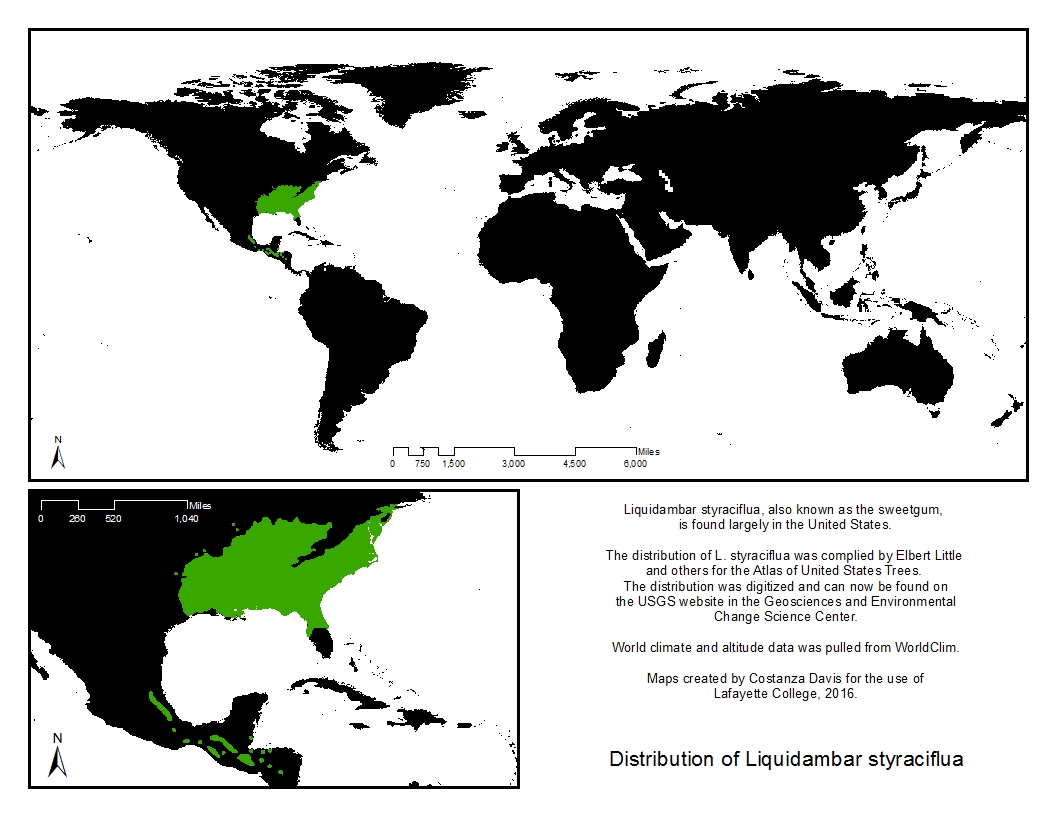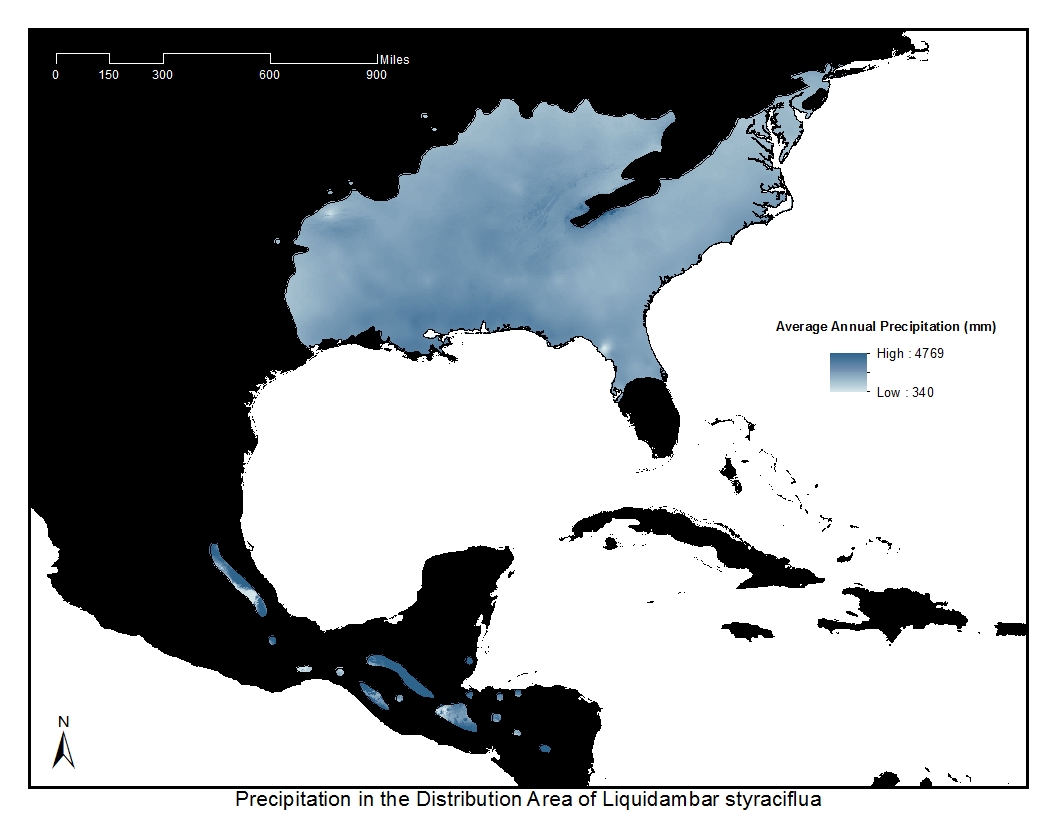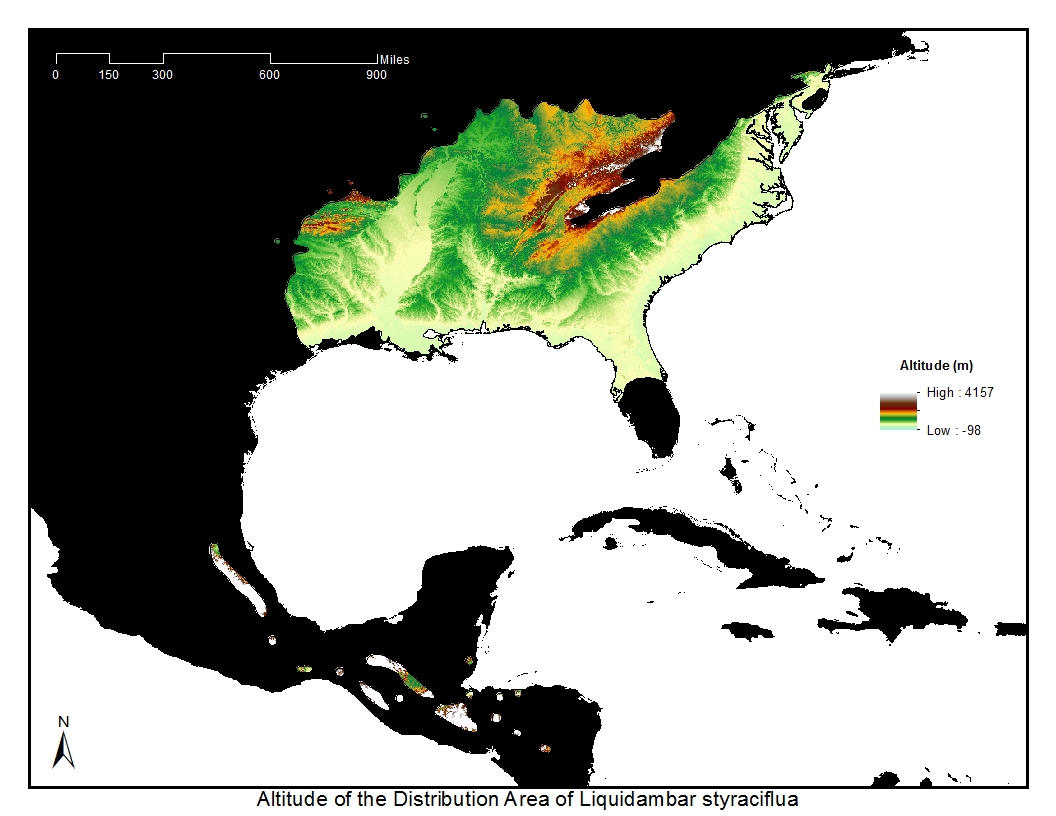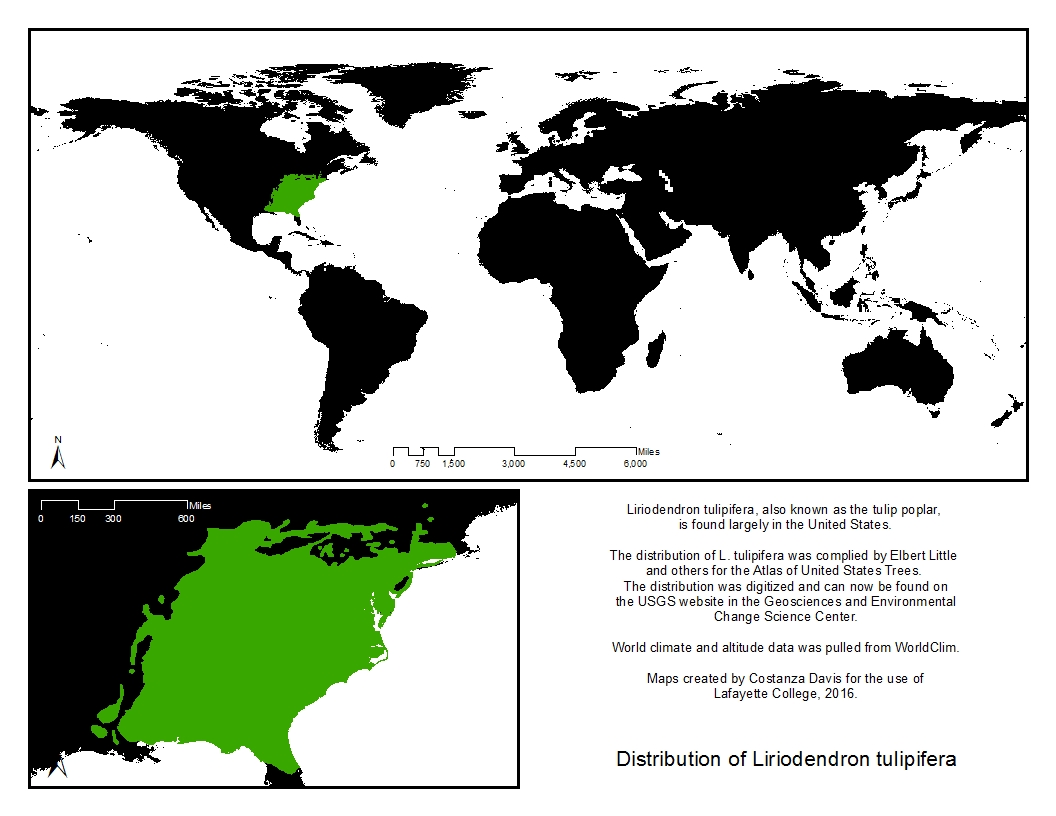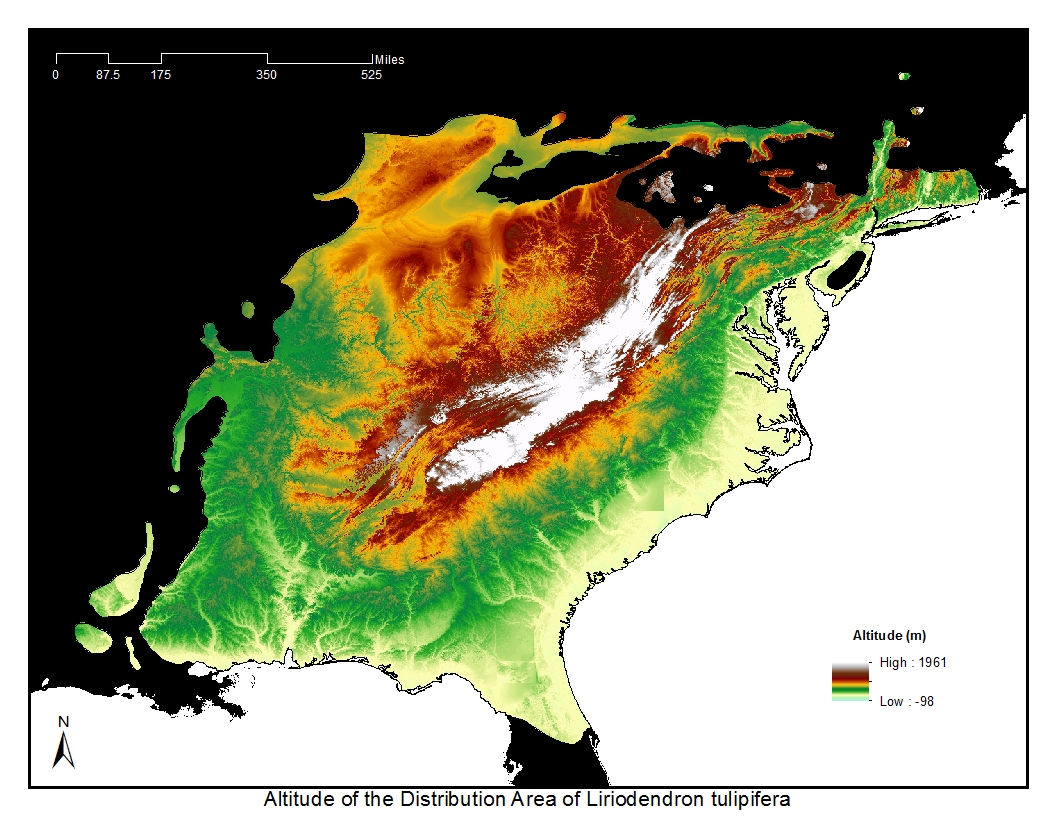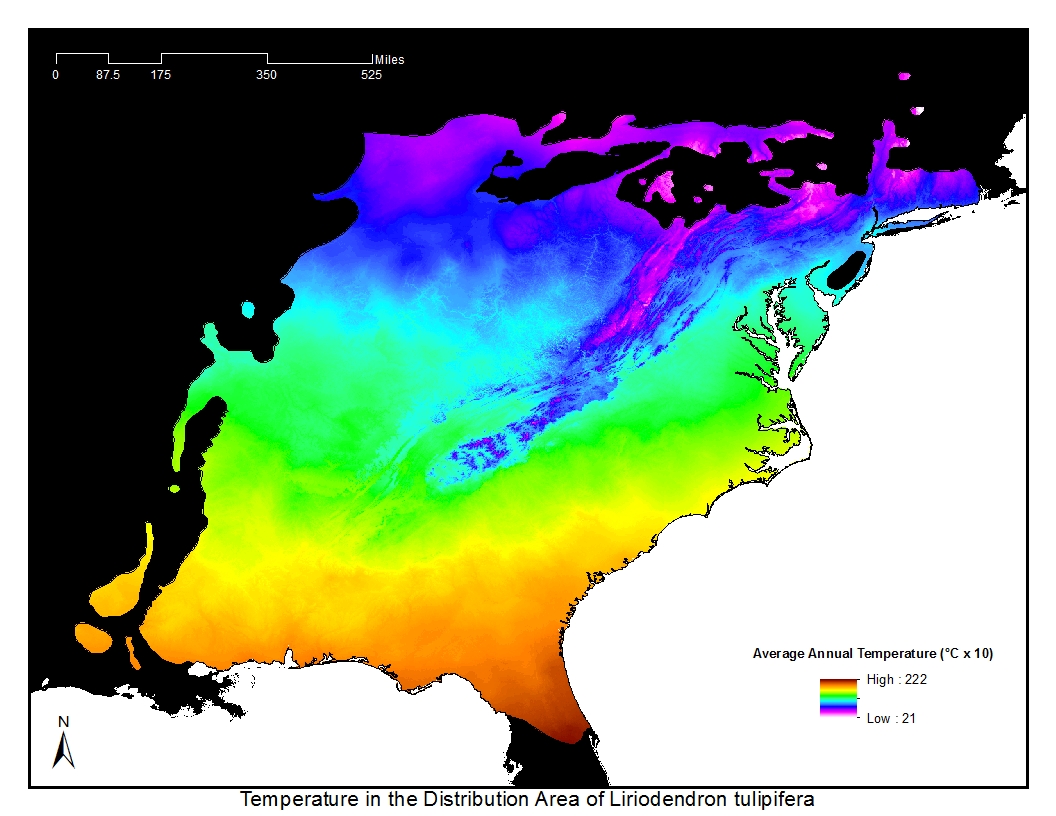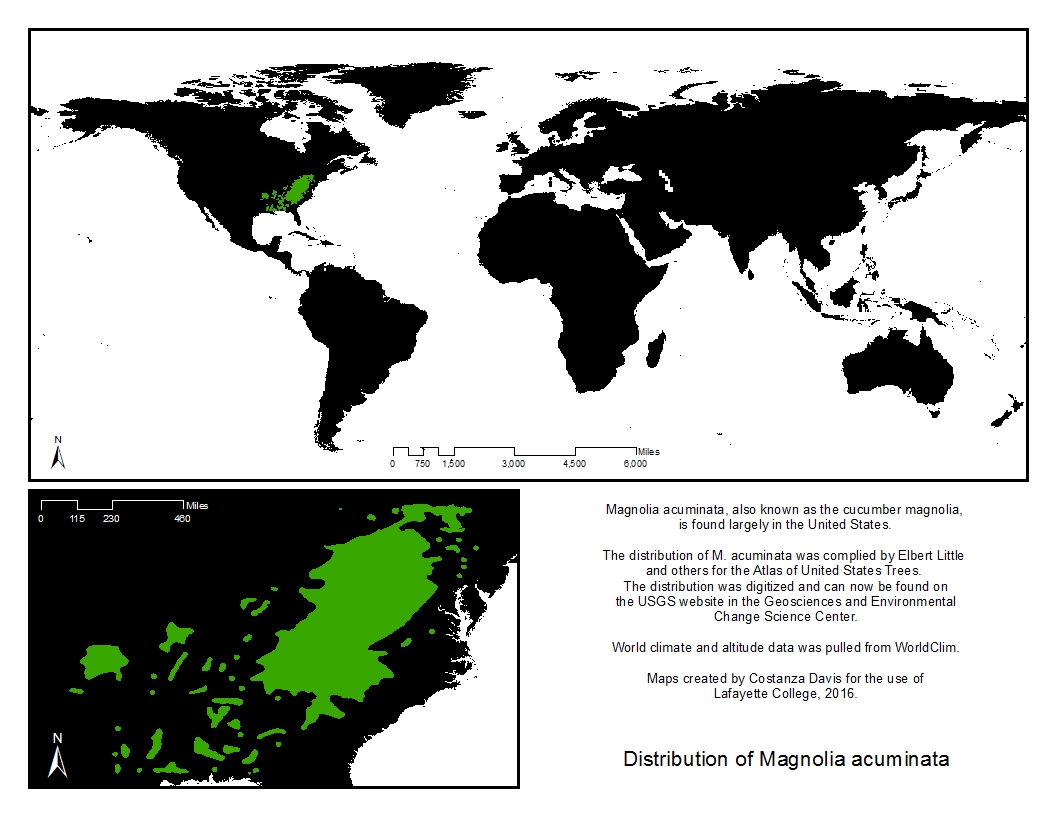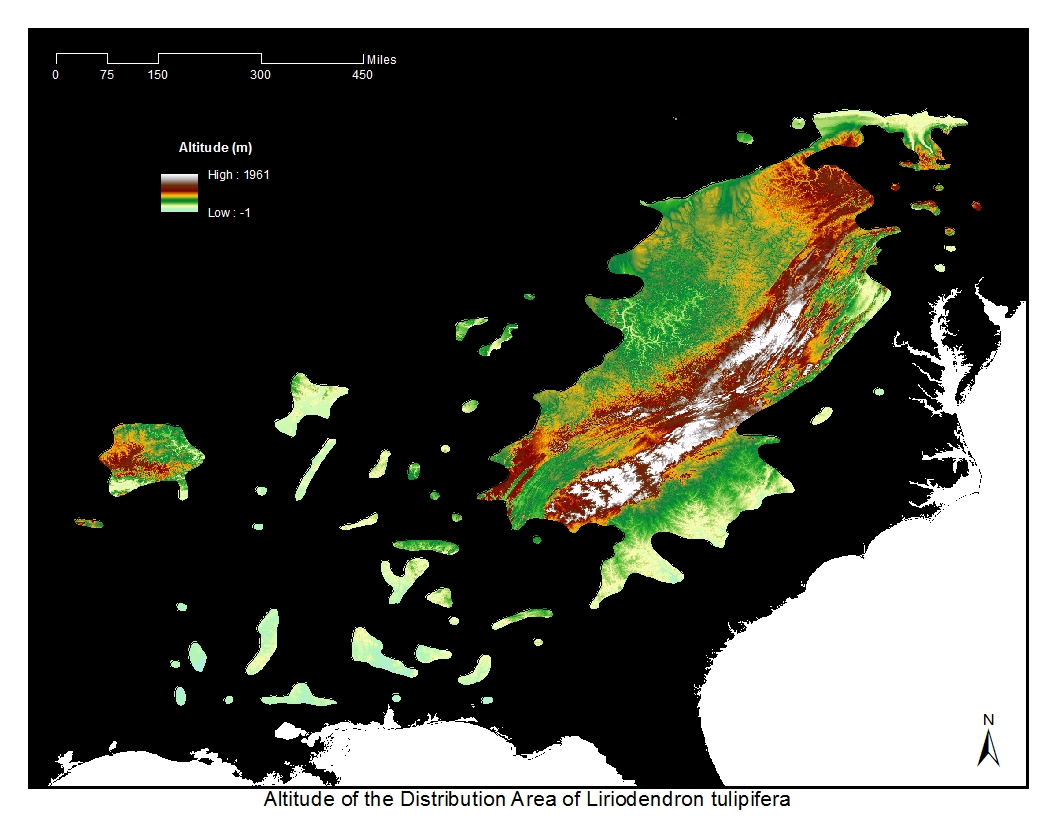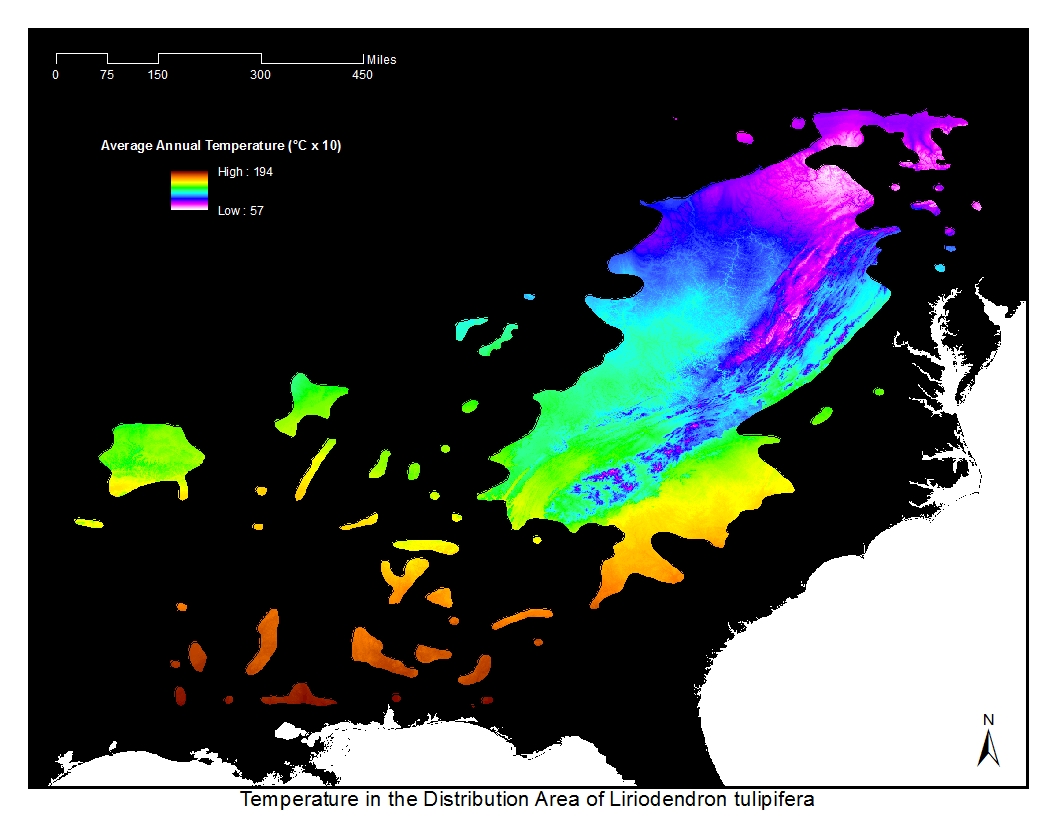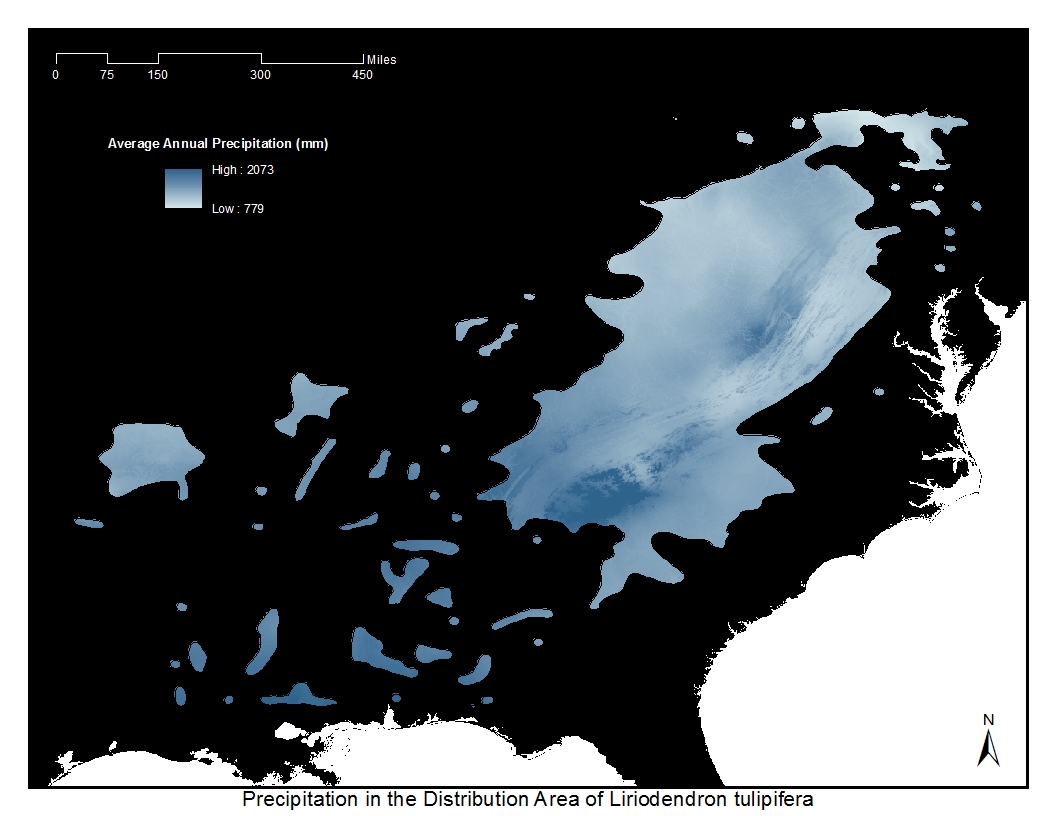Eastern redbud, Cercis canadensis, is also known as redbud or Judas tree. The name “Judas tree” is derived from the legend in which Judas Iscariot, one of the twelve disciples of Jesus Christ, hung himself from a branch of Cercis siliquastrum, an Asian and European species of the genus. Cercis siliquastrum is the species more likely to be called Judas tree.
Young eastern redbuds grow quickly, sometimes flowering before 7 years of age, with the first seeds appearing a year later. Eastern redbuds on average grow 15 to 30 feet tall, with a 15 to 25 foot spread.
As with most trees that have such a large distribution area, Eastern redbud can survive in many climatic conditions. Frost free days number 160 to 300 days. It can be found on dry or moist soils but does prefer moist, well-drained areas and cannot tolerate flooding. It is most commonly found on south-facing slopes where it can get more sunlight. Eastern redbud can grow in almost all soils, save coarse sands. Additionally, it does best when pH is above 7.5, though it is tolerant of lower values. It is also tolerant of nutrient deficient soils.
The flowers of Eastern redbud appear earlier than most other trees sprout flowers or leaves, from March to May, making it distinctive. Flowers are pink to reddish purple, and occasionally white. All flowers are bisexual and grow in clusters of two to eight. Fruits are flat pods 2 to 4 inches long with 4 to 10 seeds in each.
Eastern redbud becomes less tolerant of shade as it ages. Old trees also suffer from heart rot. Insect damage, while common, is not severe. It is also fire tolerant compared to other species.
In addition to butterflies, honeybees, deer, squirrels, hummingbirds, and other birds utilize or eat various parts of the tree, such as nectar, pollen, leaves, twigs, bark, seeds, fruits, and buds. Native Americans boiled the bark to make a tea that treated whooping cough, and the bark could be used to treat dysentery. Bark and roots were used for fevers, congestion, and vomiting, as well. Humans also fry and eat the flowers, or put them into salads.

